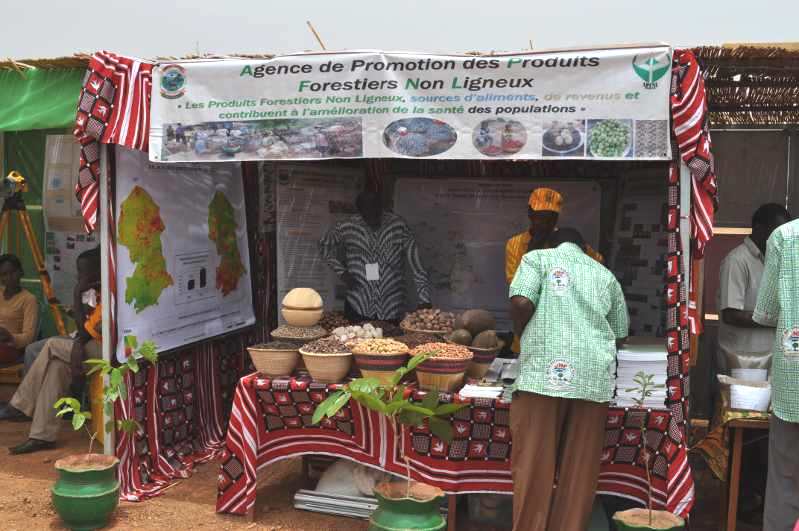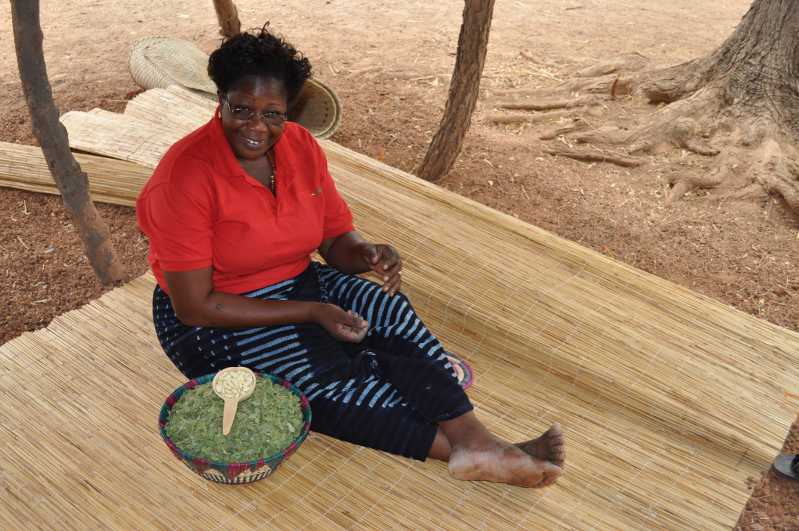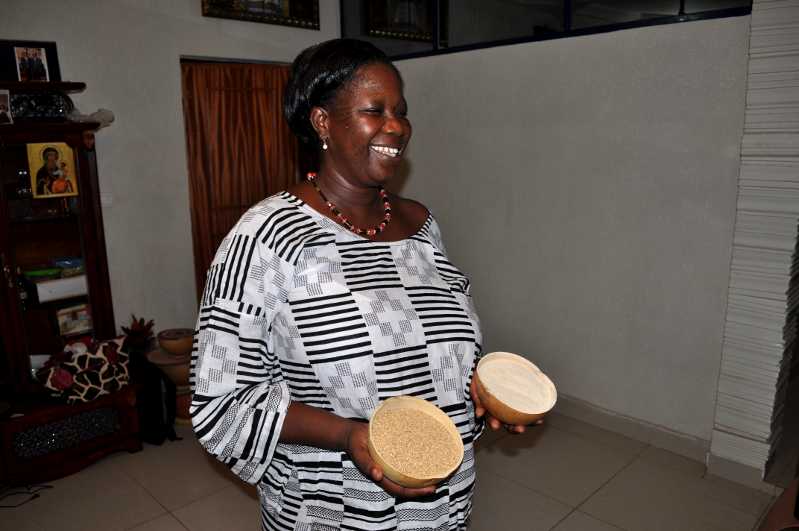Do you know chitoumous ? Weda? Balanites ?
And have you ever had water lily cous-cous ?
For some time we have been seeing, at each Agricultural Fair or Food Day, one or two stalls showing ”non ligneous forest products”. The first time it made me smile. I found the expression ”non ligneous forest products” a somewhat pompous and complicated way to simply speak of wild fruit (leaves, flowers, nuts, berries from trees of the wild woodland)! I came to think of some of my friends among peasant women. I wondered what would be their reaction if I asked them: Did you know that you are economic operators specialised in the processing of non-ligneous forest products!

The best known and most important in Burkina Faso is the use of fruits from the Shea tree, Karité. The fruit pulp is much appreciated and the grains inside the nuts are used for making butter, which is very often the major ingredient in cooking fat. The Burkinabè consume a large part of the shea butter production themselves. Nevertheless it ranges as the fourth most important export product (after gold, cotton and meat & dairy products). In 2007, an exceptionally good year, Burkina Faso exported shea grains for over 16.6 billion CFA francs and shea butter for nearly 700 million.
However, the Karité tree does not just produce nuts. In the West of Burkina, at the beginning of the dry season, women go out and shake the branches of the tree to recover thousands of larvae, chitoumous, which the gourmets of Burkina relish and which command sky rocketing prices. Fortunately it is when the tree has shed all its nuts that the larvae appear and devour all the leaves. They used to be a special treat reserved for the people of Bobo Dioulasso, but at present these caterpillars are popular with everybody … and the price is going up. Chitoumou vendors in Bobo make between 2 500 to 5 000 francs a day
…The Baobab tree is also very generous. Its fresh or dried leaves are used in sauce. Its fruit, sometimes called ”pain de singe”, monkey bread (because monkeys are ravenous for it) is rich in vitamin B1 and C and is also made into excellent syrup.
The fruit from the Nére tree is also much in demand. The seeds are used to make Soumbala, an aromatic ingredient in sauce.
Tamarind fruits are processed into juice or syrup. The leaves are used for making tô and sauce.
Some of the lianas produce fruits (called “weda” in Mooré) that are very tasty and can be used in syrup.
The red Kapok tree (or false Kapok, Bombax Costatum) reaches a height of between 5 and 15 metres. It blossoms during the dry season, before producing its leaves. The flower chalice is used for a widely appreciated sticky sauce. It must be noted that excessive harvesting of the flowers may cause problems for the survival of the species, since it interrupts the formation of the seeds.
LThe Zamenga acacia (Mooré for Acacia macrostachya) turns out fruit grains, enclosed in a sheath, that are boiled and eaten as zamné, offered like the local “peanuts” at family gatherings or on festive occasions (baptism and marriage ceremonies).
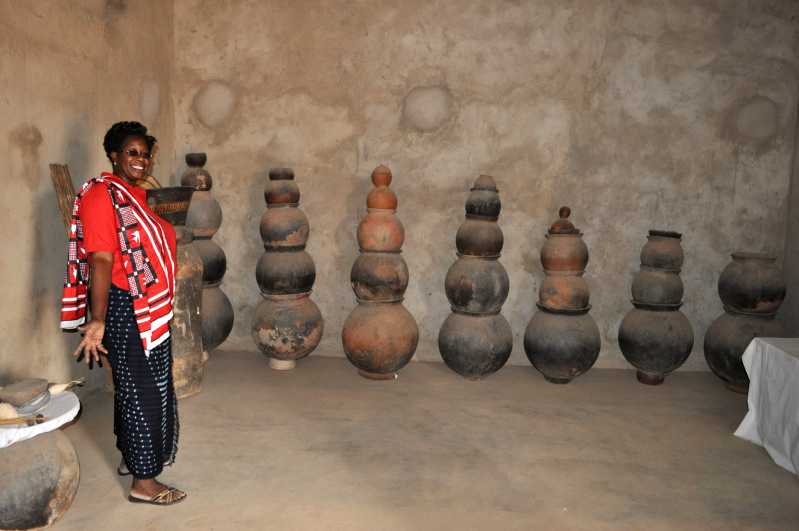
Mrs Juliette Kongo knows the Balanite well. She even participated in a cooking competition during the National Week of Culture in Bobo Dioulasso, where she presented ”tchagla” Balanite balls. She explained the procedure: « ”First you must crush the Balanite seeds, boil them with a leaf from a different tree to remove the bitter taste. Then meat from three chickens, crushed or chopped and rolled in millet flour, is added. The dough is flavoured with spices to make it tasty and is cut and rolled into small balls, which are then deep-fried.” ».
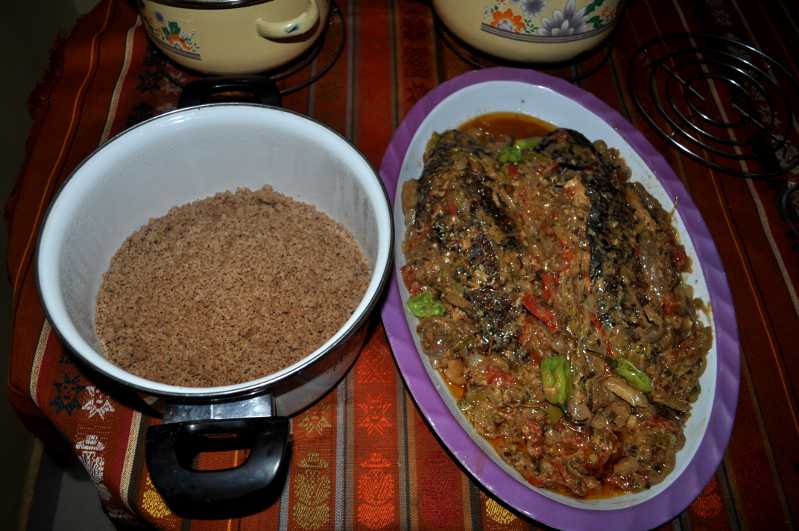
J I stop here, even though the subject is not exhausted. Each and every non-ligneous product from the forests deserves one or more newsletters. I wish you all an opportunity to taste a water lily couscous with a sauce made from chitoumou larvae, accompanied by chicken and Balanite deep fried balls in the near future.
Koudougou, August 13th 2012
Maurice Oudet
Director, SEDELAN






